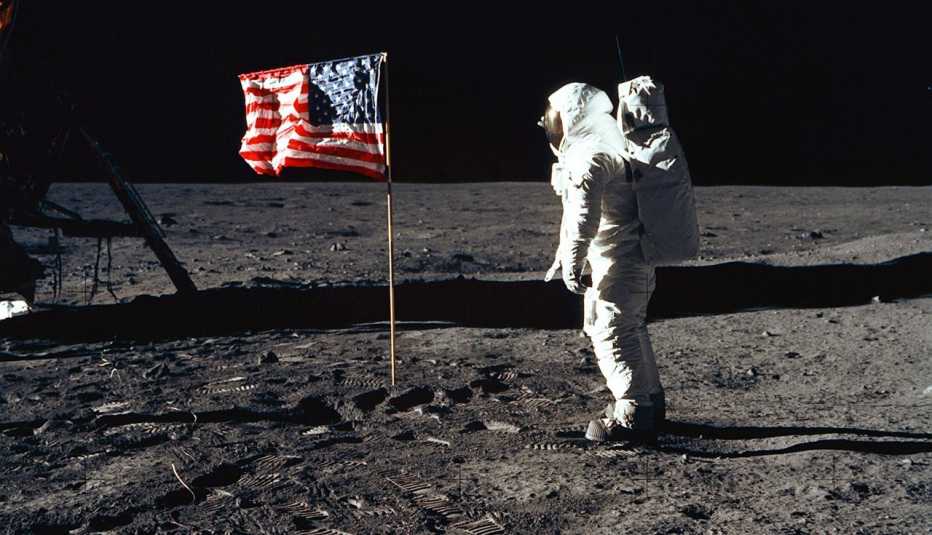AARP Hearing Center


“Where were you during the moon landing?”
My grandson asked me this not long ago as part of a project for his history class. The fact that the event is considered history makes me feel old, but at the same time, I’m blessed to have witnessed it firsthand.
Of course I knew where I was on July 20, 1969. Like all important worldwide events, we always remember where we were when they took place.
I was with my parents, my sister and her boyfriend in our living room. Sitting center stage was our “state-of-the-art” RCA color TV. The screen, a mere 19 inches, was housed inside a gigantic wooden console that took up one wall of the room. The TV had two large knobs, and whoever sat closet to the screen became the remote control.


You can subscribe here to AARP Experience Counts, a free e-newsletter published twice a month. If you have feedback or a story idea then please contact us here.
As a huge science fiction fan, I had been waiting months for this event. Throughout my teens, I’d devoured the works of Isaac Asimov, Frank Herbert and Robert Heinlein, to name a few of my favorite authors. And now here I was, watching the future they had conceived unfold before my eyes.
As the Apollo 11 spaceship landed on the moon, I moved closer to the screen. Too close, according to my mom, who admonished that sitting in front of the TV caused blindness. So far, I still have decent eyesight.
It seemed unreal to me. It still does, actually. When I look up at night and see the moon, it’s hard to fathom that earthlings have walked on its surface.
That night I watched in awe as Neil Armstrong stepped out of the module proclaiming, “One small step for man. One giant leap for mankind.” The picture was a grainy black and white, and I often had to squint to see. Nineteen minutes later, Buzz Aldrin joined him on that powdery surface. I was mesmerized.
I wasn’t the only one speechless. Walter Cronkite, broadcasting for CBS, could barely talk. And when he did, the profound words he had planned on saying vanished, and in their place, he uttered, “Man on the moon! Oh, boy. Whew, boy!”
I went to sleep that night thinking that by the turn of the century, we would have flying cars and travel around our cities like the Jetsons. We would be taking trips to Mars and Pluto, and my future children might even marry an alien.

































































More From AARP
Kennedy Space Center Director Plans to Send a New Generation to the Moon — and Beyond
Daughter of Apollo engineer takes her father’s dream to new heights
NASA Astronaut Scott Kelly Talks About Social Isolation
He chats about his year in space and provides tips on how he fought the issueApollo Moon Missions Quiz
How much do you know about the historic program?